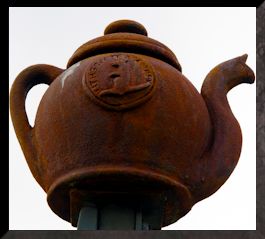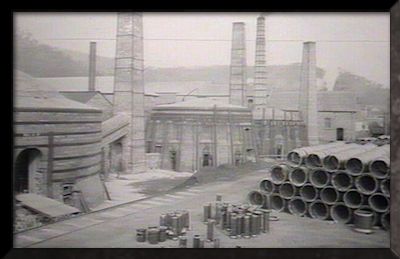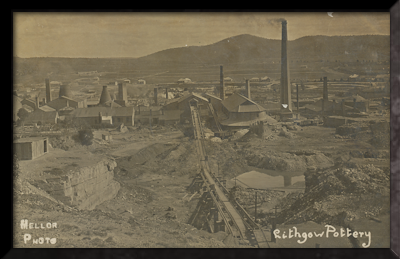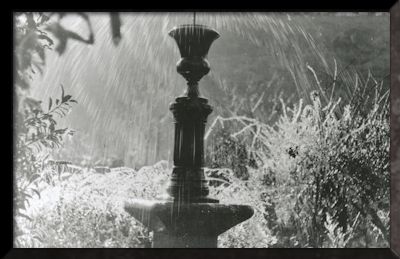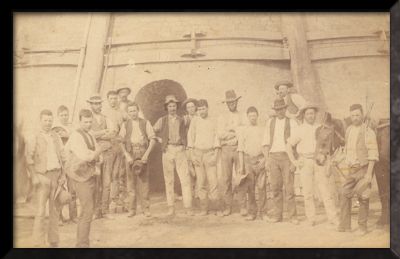|
|
|
|
||||||||||
|
|
FIRST POTS MADE BY JAMES SILCOCK AT THE LITHGOW POTTERY
The Lithgow Valley Colliery [LVC] was incorporated in 1877 and began producing terracotta pipes, bricks and gutter tiles, marked with a kangaroo emblem. By a stroke of luck the directors then happened to employ James Silcock, a highly skilled Derbyshire potter, who had arrived in Sydney at the age of 28, with his wife Anne and children Polly, Frank and George. Silcock was employed to set pipes in the kilns but in May 1879, as his family’s tent filled with snow, he threw some flowerpots:
Silcock put a chimney in his tent to keep the cold at bay (which did not prevent Anne losing a baby there) and began throwing large jars and chimney pots. Hundreds of visitors came to watch him work, including Governor Loftus, Premier Sir Henry Parkes, and the Princes Albert Victor and George of Wales. Although Silcock’s work was only ‘highly commended’ at the Sydney International Exhibition in September, by 1880 the family had a house. Silcock left for Maitland in 1881, but he had shown what could be done.
The Lithgow Valley Colliery directors employed other talented master potters, each of them shaping the ‘Lithgow style’. Work was always marked with a kangaroo and the word “Lithgow”. In February 1886 a terrible fire at the LVC killed the mine manager, John Doig, and two others, then five more died when it was reopened and exploded. Still, the pottery ran well enough to establish distribution bases at Marrickville and Darling Harbour. Unionisation shortened the potters and brickmakers’ 57 hour weeks to 54, but the 1890s Depression and competition from south coast collieries lowered wages and weakened the LVC. The death knell was the lifting of duties on imported pottery on 31 December 1895. The kilns were fired for the last time in November 1896 and although bricks and pipes were still made, dust settled on the pottery stockpile. Arthur Brownfield ran the pottery from 1905 to 1907, but then it closed for good. Only the pipe works survived, closing in the 1940s. Lithgow Pottery, which was always made to be used, broken and discarded, is now rare and extremely collectible. Eskbank House holds a substantial collection, as does The Powerhouse Museum.
OURCES SOURCES
Home | About | Chronological List | Contact Email
|
|
||||||||||
|
|
|
|

